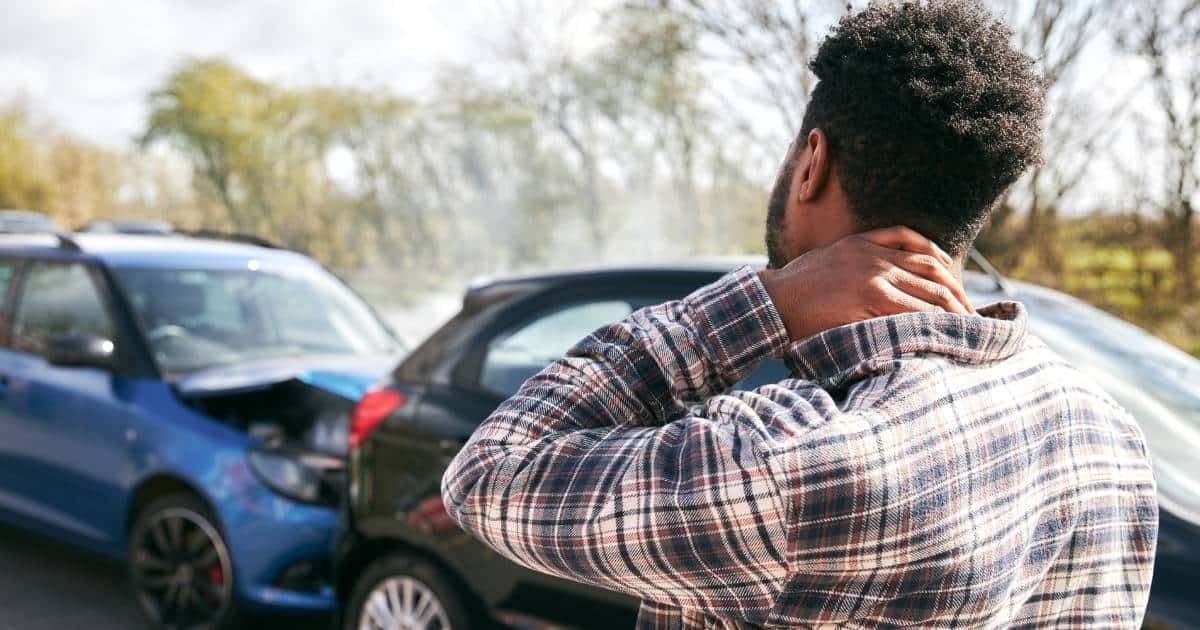Common Causes of Rear-End Car Accidents
The most common cause of a rear-end collision is too closely following the car in front. This reckless driving is also called “tailgating.” Other contributing factors may be distracted driving, bad weather conditions, and driving at an unsafe speed.
In the vast majority of rear-end collisions, the car in front is either stopped or moving very slowly. Defensive driving helps to avoid a rear-end collision. Always leave plenty of room in front between your vehicle and others. If the car in front comes to a sudden stop, you want to brake safely and stop in time.
Bad Weather
Hazardous road conditions such as rain, sleet, ice, or snow on the roadway make stopping more difficult. Even if you apply the brakes, your vehicle may continue to move forward by sliding on the road until it smashes into the car in front.
Speeding
Driving at an unsafe speed will make your vehicle take longer to stop. After a driver pushes the brake pedal, the calculation of the stopping distance needed comes from taking the vehicle’s mass and multiplying it by the square of the vehicle’s velocity.
For example, a vehicle traveling 20 miles per hour (mph) will stop after the driver applies the brakes, at about 20 feet. That same vehicle will need 80 feet to stop if it is going 40 mph.
It takes three-quarters of a second for an average driver to recognize a hazard and another three-quarters of a second to apply the brakes. In that one and a half seconds, a vehicle going 60 mph will cover 132 feet before the brakes take effect. It will need a total of 312 feet to stop, including the reaction time.
If that same vehicle is traveling at 80 mph, it will need 496 feet to stop.
Combine bad weather with speeding, and you are much more likely to have an accident. A good rule to follow for bad weather conditions is to slow down. If you could drive safely on that highway at 60 mph under good weather conditions, then go slower at 40 mph in heavy rain.
Be extra careful when driving slower by using your emergency warning flashers. It is also a good idea to constantly check your rearview mirrors to look for a driver coming up too fast from behind who may not notice your car is moving slower.
Injuries
A rear-end collision is likely to cause injuries to the back and neck. Whiplash is frequent and occurs when the head slams forward until maximum extension, and then the head snaps back. These injuries may not show up in full force immediately after the accident and may take some time to develop.
Suppose you or a family member experiences an injury in a rear-end accident caused by another party. In that case, that driver and their insurance may be responsible for your damages, lost wages, and medical bills.
Contact an attorney by calling (281) 475-4535 to get a free consultation. Do this right now before you talk with any insurance company representative. Your attorney will help you protect your rights when making a claim.


